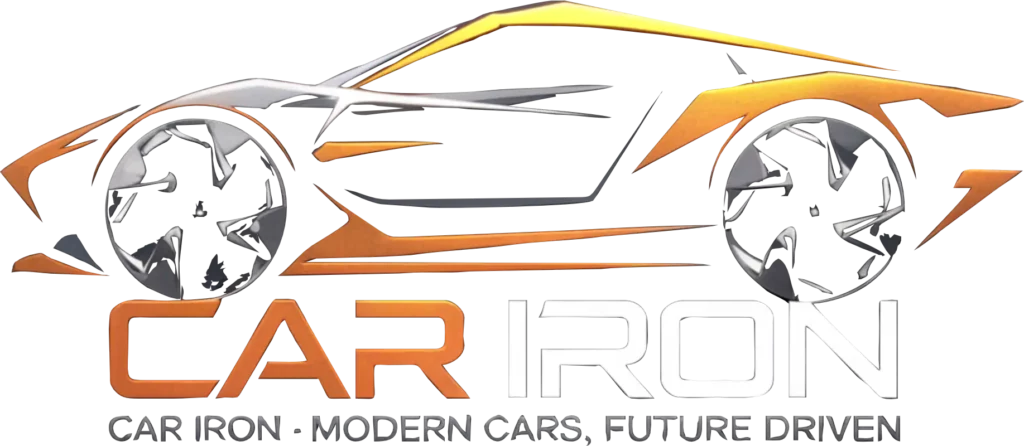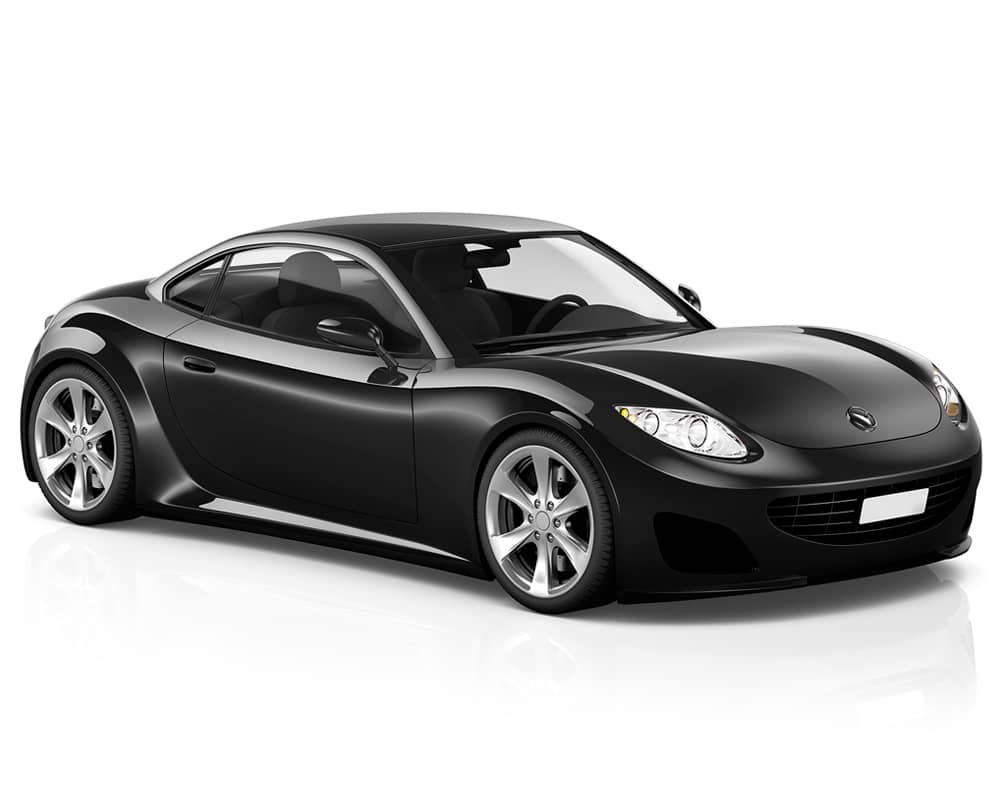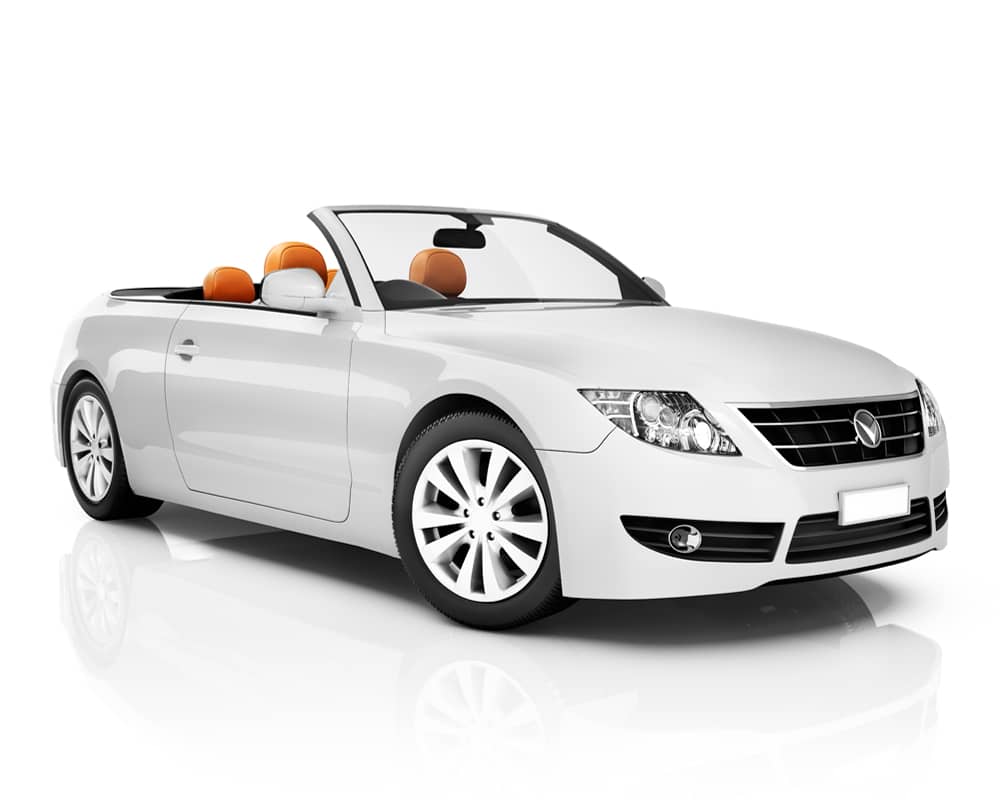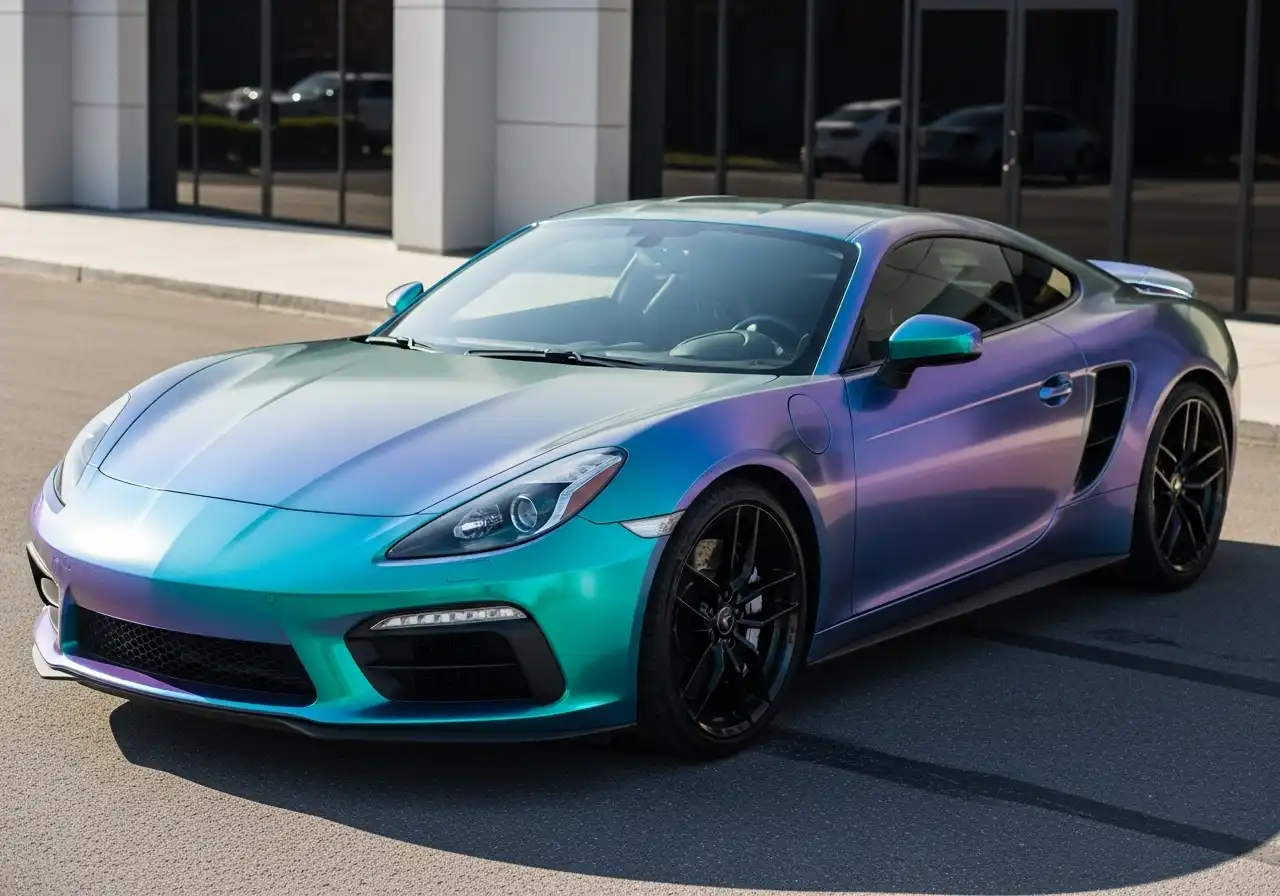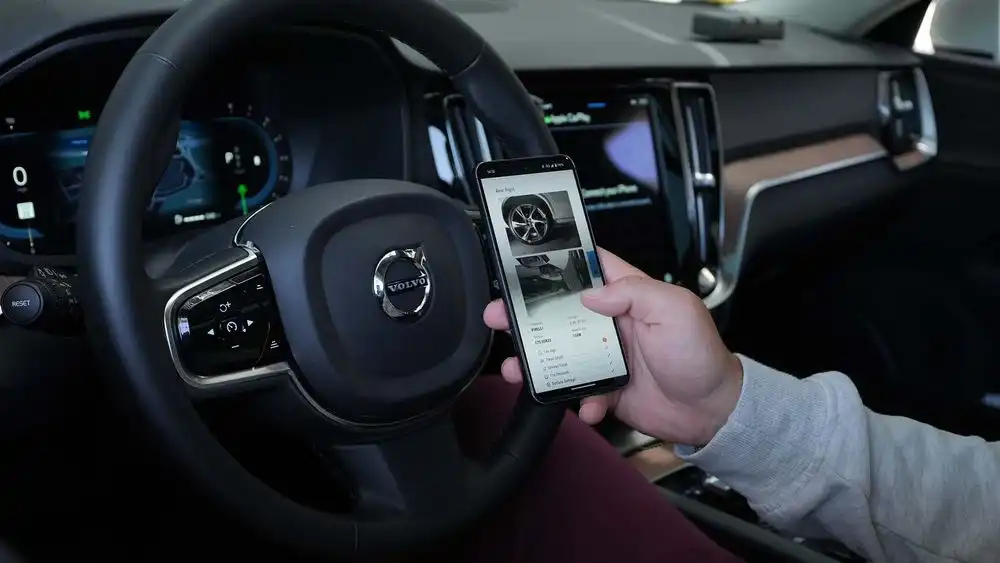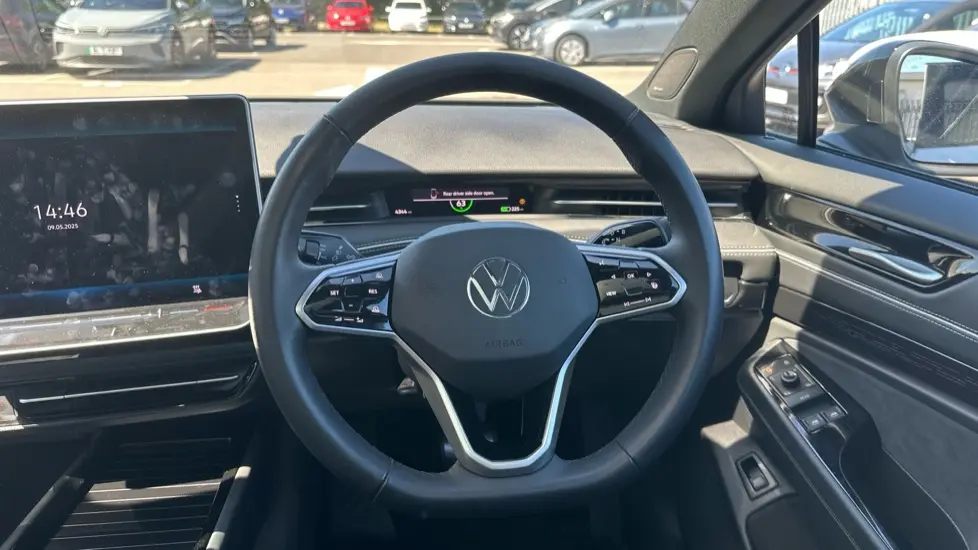The world of driving is undergoing a transformation like never before. The once-static concept of the car is now evolving into something far more sophisticated, driven by cutting-edge technology, sustainability, and groundbreaking designs. From electric vehicles (EVs) to autonomous driving, the future of driving is closer than we think. In this blog, we’ll take a deep dive into the innovations and designs that are shaping the future of transportation.
1. Electric Vehicles (EVs): Paving the Way for Sustainable Mobility
The future of driving is undoubtedly electric. As the world shifts towards more sustainable practices, electric vehicles have taken center stage in the automotive industry. EVs are no longer just a niche market; they are quickly becoming mainstream, with automakers releasing more models that cater to different driving needs.
Modern electric cars are designed to be efficient, powerful, and eco-friendly. With advanced battery technology, EVs offer longer ranges, faster charging times, and improved performance compared to earlier models. Manufacturers are also investing in lightweight materials, such as aluminum and carbon fiber, to enhance energy efficiency and reduce environmental impact.
EVs also allow for greater flexibility in design. Without the need for a traditional internal combustion engine, car manufacturers have more freedom to create spacious interiors and sleek, aerodynamic exteriors. This has led to a new generation of cars that are not only green but also stylish and high-performance.
2. Autonomous Vehicles: A New Era of Self-Driving Technology
Self-driving cars, once considered science fiction, are now a reality. Autonomous vehicles (AVs) represent one of the most revolutionary changes in modern car design. These vehicles rely on a combination of sensors, radar, cameras, and artificial intelligence (AI) to navigate without human input.
The design of autonomous cars differs significantly from traditional vehicles. With no need for a driver’s seat or steering wheel, these vehicles are being reimagined with a focus on passenger comfort and convenience. The interior is often more spacious, with features such as modular seating, touchscreens, and even entertainment options for passengers.
Autonomous driving also promises to reduce accidents caused by human error, making roads safer for everyone. While fully autonomous cars are still in development, the technology is advancing rapidly, and some automakers have already begun testing self-driving features in their vehicles, such as automated lane-keeping and adaptive cruise control.
3. Smart Cars: A Seamless Integration of Technology and Driving
The rise of smart cars is transforming the driving experience by integrating connectivity and technology directly into the vehicle. Modern cars are now equipped with a wide range of digital features, including smartphone integration, voice-activated controls, and real-time navigation.
Smart cars are also equipped with advanced driver assistance systems (ADAS), such as automatic emergency braking, lane departure warnings, and collision prevention. These technologies work together to enhance the driving experience and reduce the likelihood of accidents.
The future of smart cars will likely include even more advanced features, such as predictive analytics, where the car can analyze driving patterns and suggest routes or adjustments for efficiency. As more vehicles become connected to the Internet of Things (IoT), cars will be able to communicate with each other, traffic signals, and even pedestrians, making driving safer and more efficient.
4. Sustainable Materials: Rethinking How Cars Are Built
As sustainability becomes increasingly important, automakers are rethinking how cars are designed and built. The use of eco-friendly materials is at the forefront of modern car design, with many manufacturers opting for recycled plastics, natural fibers, and even biodegradable materials.
Not only do these sustainable materials help reduce the environmental impact of vehicle production, but they also contribute to the overall efficiency of the vehicle. Lightweight materials, such as carbon fiber and aluminum, reduce the overall weight of the car, improving fuel efficiency and performance.
Additionally, some car companies are exploring the use of renewable energy sources for vehicle production, such as solar power and wind energy, to further minimize the environmental footprint of the manufacturing process.
5. Vehicle-to-Everything (V2X) Communication: The Future of Connected Driving
The future of driving will see even more connectivity with the advent of Vehicle-to-Everything (V2X) communication technology. This system allows vehicles to communicate with each other, with traffic infrastructure, and with the surrounding environment. V2X is expected to enhance road safety by enabling cars to anticipate and respond to hazards in real time.
For example, a car could receive a signal from a nearby vehicle or traffic light and adjust its speed accordingly. This communication system can also help prevent accidents by alerting drivers to potential dangers, such as an upcoming collision or a vehicle running a red light.
V2X technology also opens the door for fully integrated transportation systems, where cars, buses, and even pedestrians work together in a seamless, connected ecosystem. This could lead to more efficient traffic flow, reduced congestion, and safer roads.
6. Futuristic Car Designs: A Bold New Vision of Automotive Aesthetics
The design of cars is becoming more futuristic, with sleek lines, minimalist interiors, and bold exterior features that reflect the advanced technologies under the hood. Modern cars are less about flashy details and more about clean, streamlined aesthetics that emphasize functionality and innovation.
With the rise of EVs and autonomous vehicles, car manufacturers have the freedom to create designs that break from tradition. Instead of focusing on engine compartments, cars are being designed with spacious cabins and high-tech interiors that provide a more comfortable, engaging driving experience.
Additionally, materials like glass and metal are being used in innovative ways to create transparent roofs, holographic displays, and futuristic lighting features that make modern cars stand out both inside and out.
Conclusion: A Glimpse Into the Future of Driving
The future of driving is an exciting and transformative journey, driven by innovation and cutting-edge design. From electric vehicles to self-driving technology, the advancements in car design are changing the way we think about transportation. With a focus on sustainability, safety, and connectivity, the cars of tomorrow will not only be smarter and more efficient but also more enjoyable to drive.
As we continue to embrace these advancements, it’s clear that the future of driving is brighter and more connected than ever before. The innovations happening today will shape the way we get from point A to point B in the future, creating a more sustainable, safer, and more efficient transportation ecosystem.
